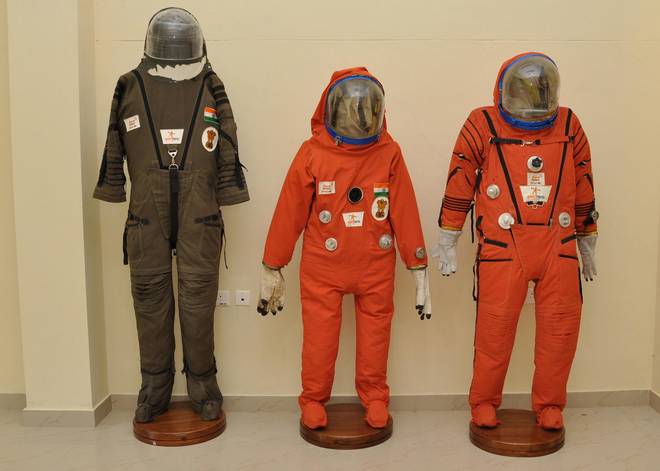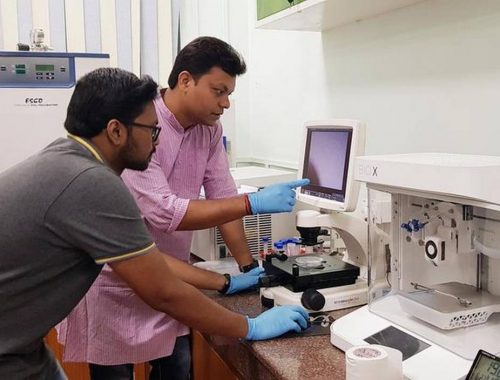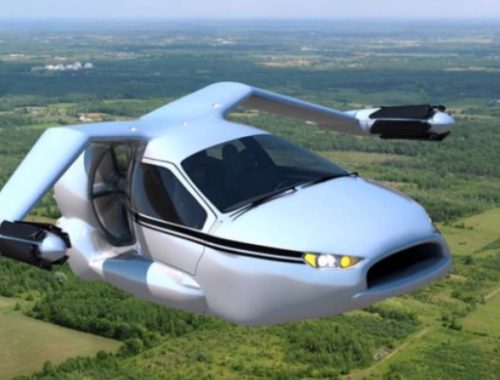ISRO chief says most of the critical technologies are ready
Gaganyaan, the human space flight Programme green-flagged and set for 2022 by Prime Minister Narendra Modi, is highly doable, Chairman of the Indian Space Research Organisation K. Sivan said here soon after it was announced on Wednesday.
V.R. Lalithambika, a specialist in advanced launcher technologies, will helm the project as Director of the Human Space Flight Project.
The mission is estimated at ₹9000 crore. Most of the critical technologies and hardware required for the project are ready or have been demonstrated by its centres. ISRO would now stitch them up into a complete project and present a comprehensive project report to get a formal approval of the government, Dr. Sivan said. “We have tested the necessary critical technologies required for the Human Space Flight Programme (HSP) and are confident of achieving it as stated by the Prime Minister,” he said.
“We will now speed up the paper work and submit a project report for formal approval. We may immediately need around ₹ 2,000 crore for enhancing infrastructure and technologies at two or three centres and we will be asking for this amount,” he told The Hindu.
Describing it more as a national mission than ISRO’s alone, Dr. Sivan, who is Secretary, Department of Space, said it would be the pride of India. It would raise scientific and technological temper across the country and inspire youngsters. “We are excited by this announcement. It is a gift to the nation and we feel proud. It actually energises us across our centres. We do not feel intimidated or tense. We have seen many challenges in our work,” Dr. Sivan said.
When it achieves the mission, India would be the fourth nation to circle Earth after the Soviets, the Americans and the Chinese. In 1984, India’s first astronaut Wing Commander (retd.) Rakesh Sharma orbited Earth as part of a Soviet mission.
A 15-year-old space dream coming true
ISRO revealed the first germ of an HSP in November 2004 and got incremental funds for supporting projects over the next few years. It could not go ahead mainly because the GSLV MarkIII vehicle was not ready until last year. ISRO has also met most of its regular needs. Dr. Sivan said, “In the last few years, we did a lot of groundwork as part of R&D at our centres. We have developed most of the critical technologies needed for a human mission. We demonstrated the flight of a crew module and its re-entry in 2014. On July 5 this year, we conducted an experiment for emergency escape of astronauts called the Pad Abort Test. It will be repeated at higher distances. The rest of the technologies are getting ready and will be realised in time.”
Before his elevation in January this year, Dr Sivan was the Director of the Vikram Sarabhai Space Centre that handled most of the HSP activities.
The most critical elements of the human mission are the Environment Control and Life Support Systems that make the crew capsule liveable and the flight safe for the astronauts. Food and hygiene are other aspects. These technologies are getting ready while space suits are being developed at ISRO, he said.
Facilities are being added or upgraded at a few centres that work on the HSP. The spacecraft will be monitored 24/7 from the ISRO Telemetry Tracking and Command Centre in Peenya. A new dedicated control centre for HSP would be set up at ISTRAC. It must be tracked globally through ISRO stations or of other countries.
The launchpad at the Sriharikota spaceport, the Satish Dhawan Space Centre, would be enhanced for the human mission. The Space Applications Centre which makes electronic devices and instruments for ISRO missions will also get refurbished.
While formal agreements are not yet in place, ISRO will collaborate with the Indian Air Force and its Institute of Aerospace Medicine, Bengaluru, to train astronauts. Various defence labs will be tapped for crew support systems.
Much of the work related to ramping up of infrastructure and supply of hardware would be outsourced to industry in a major way and academia would be involved.




